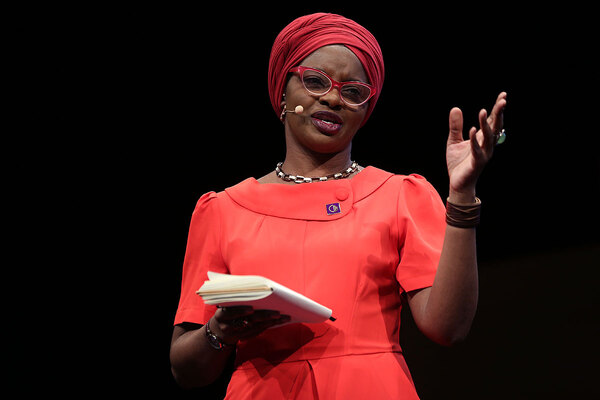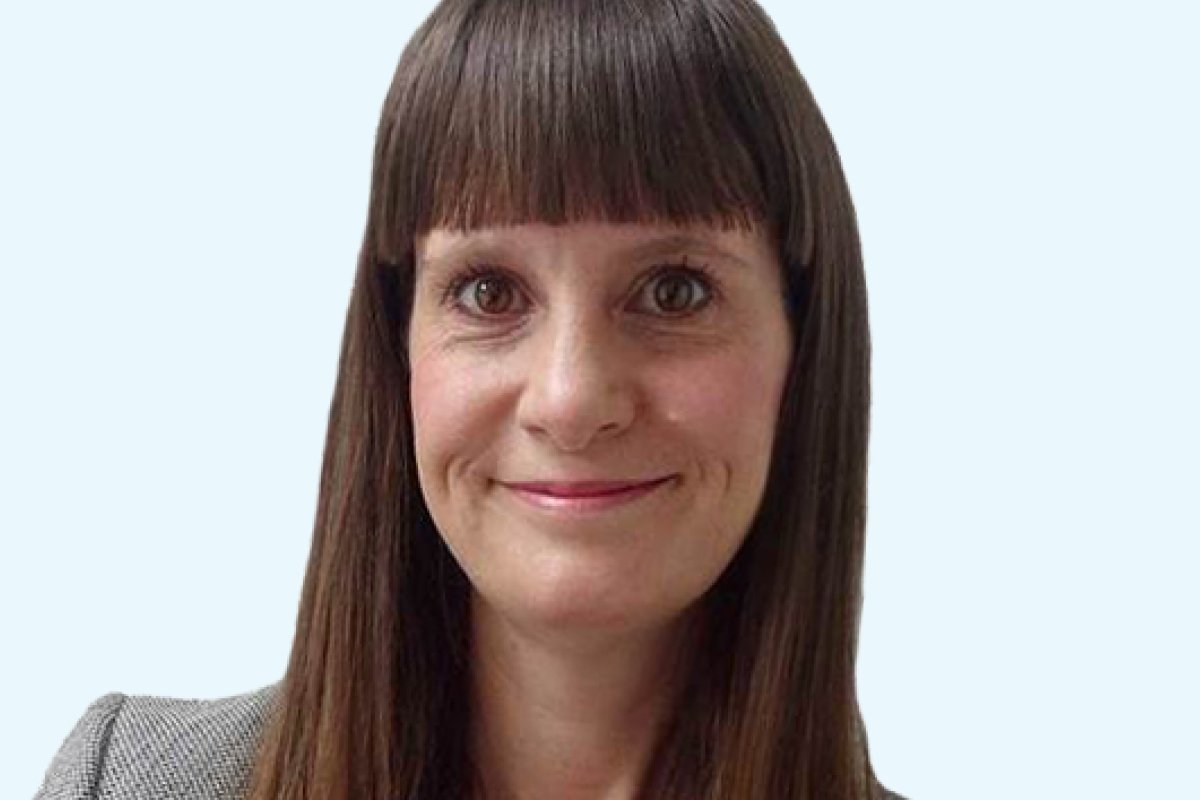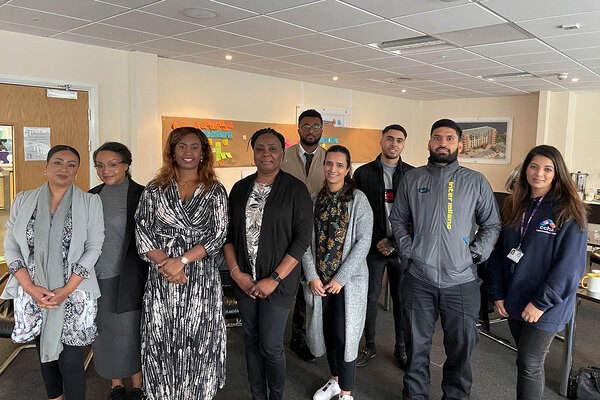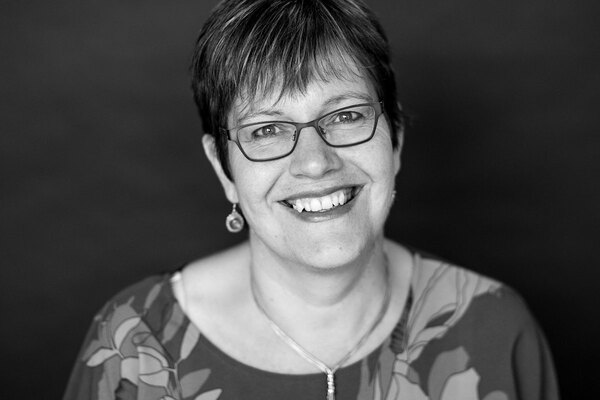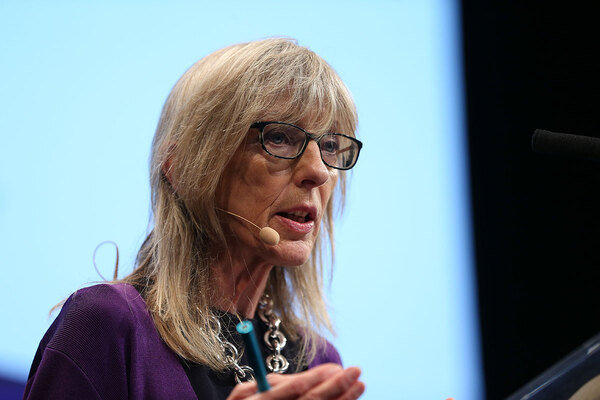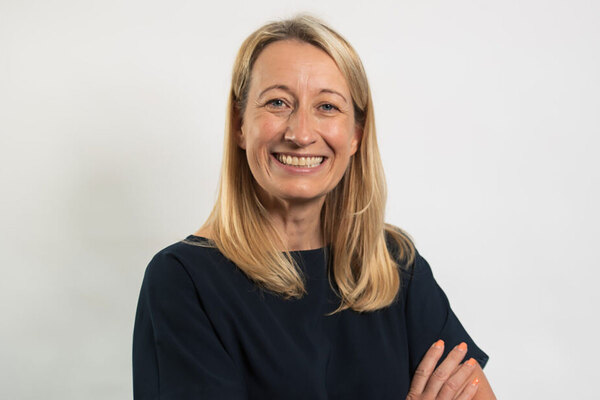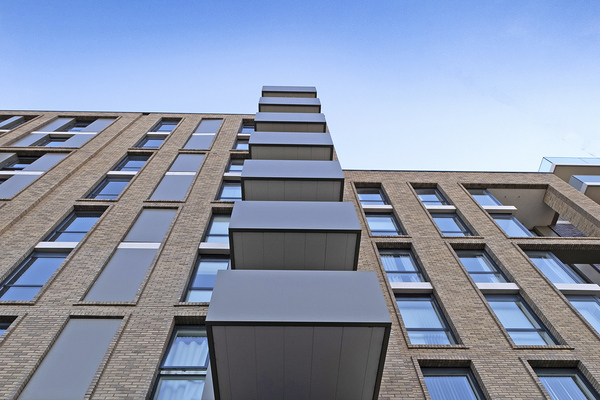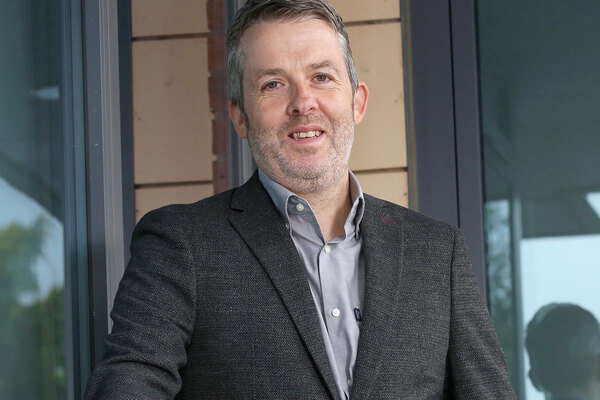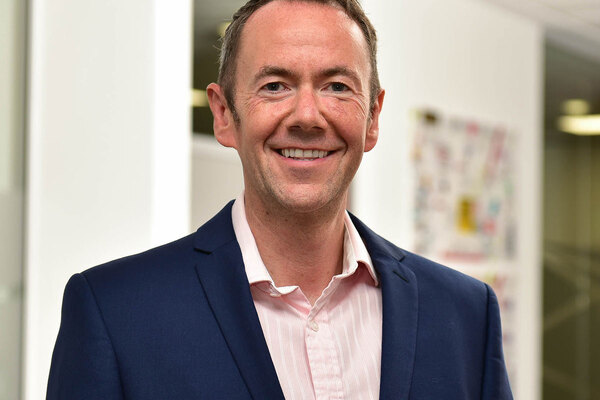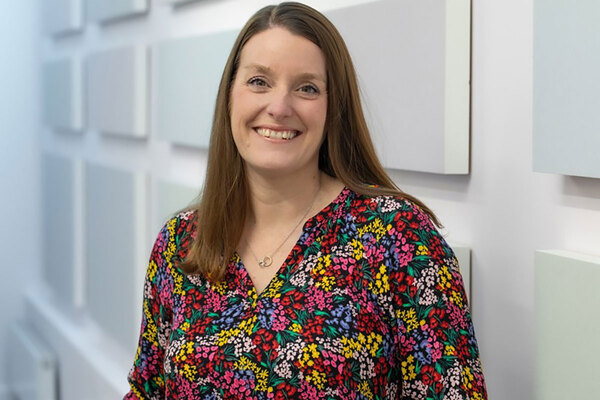Data reveals boards are still not diverse enough
Lara Oyedele has commissioned research on boards’ ethnic and gender diversity as part of her In My Shoes campaign. She shares the results with Jess McCabe, and reveals her next steps

Lara Oyedele’s campaign as president of the Chartered Institute of Housing is called In My Shoes. It is advocating for more ethnic diversity in housing boardrooms, and throughout the campaign, Ms Oyedele (above) and others have been sharing their own lived experience of the housing sector and racial adversity, with the aim of making a persuasive case for the need for change.
As well as personal stories, there is also a need for data. Data can help us understand housing association boards: how ethnically diverse are they? Are they representative of tenants, or the UK population?
As part of her campaign, Ms Oyedele has shared with us research carried out on this question, funded by John Mayford, chief executive of race equality organisation Olmec.
The research, ‘Breaking the Mould: Exploring the Lack of Ethnic and Racial Diversity in the Boardrooms of UK Housing Organisations’, breaks down the state of play on the representation of people of colour in key parts of the sector, looking at not only the largest providers, but also members of the Northern Housing Consortium and the G320 group of small providers, as well as large associations and specialist Black and minority ethnic associations that make up the membership of BMENational. It looks at Scotland, Wales, Northern Ireland and Ireland, as well as England’s statistics.
The research, carried out by Semi Omotayo, was based on information such as photos published on housing associations’ websites, and a judgement call on whether board members seemed to be people of colour, and their gender. Ms Oyedele acknowledges that there are limits to inferring someone’s ethnicity or gender from a photo. But, she says, this overview still gives an important indication.
Signs of visible diversity on the board are themselves important in terms of how potential employees view the organisation. “People are checking out organisations and people are being picky, and they like an organisation that is more diverse and has more women, making the organisation attractive to the working generation of young people,” she says. This assessment is also likely going to be based on apparent diversity on the website of an organisation.
Ms Oyedele also notes that a large number of housing associations were excluded from the study because they had no photos of board members on their websites.
But what of the results themselves? While roughly 18% of the population of England and Wales were Black, Asian or minority ethnic according to the most recent census, for board members in the desktop study the figure was 14% – and this includes BMENational members who typically had high percentages of Black, Asian and minority ethnic people on their boards.
A minority of associations have apparently all-white boards, or boards made up entirely of men. For example, consider PlaceShapers’ members – out of 114 housing providers, 23 had 0% visible representation of people of colour on their boards. A total of 29 associations in PlaceShapers are marked as inconclusive, meaning there are no photos, or there is not enough information to estimate representation of board members.
A total of 13 housing providers in the Northern Housing Consortium have no visible Black or minority ethnic representation on their board, according to the research. One has an apparently all-male board. And 18 out of 72 providers are marked as inconclusive.
The data also shows information about board membership of BMENational members. Overall, 65% of board members in this group were visibly from an ethnic minority. But, Ms Oyedele says, a number have a lack of diversity on the board too, with 100% Black and minority ethnic people. “BME housing associations that have 100% BME boards are just as unrepresentative,” she says, noting that even if specialist associations were set up to serve particular ethnic groups, under current rules they do take in a more diverse pool of new tenants.
Breaking the Mould also looked at comparisons from outside the sector – for example, the top 10 tech companies in the world have a very different story to tell on ethnic diversity. On these successful companies’ boards, 38% are people of colour, although only 33% are women.
The findings, although shocking, are not surprising. They echo the results of other research into the UK housing sector, including Inside Housing’s own diversity survey, which found that 62 associations had an all-white executive team and 25 had an all-white board in 2021 (based on a survey filled out by associations).
So what next? When Inside Housing catches up with Ms Oyedele to talk about the results of her new research on the diversity of housing boards, she is in the middle of setting up a petition to government. The petition – not finalised at the time of writing – will call for mandatory efforts to make the boards of civil society organisations more diverse. She hopes the petition will get 100,000 signatures, meaning it will be submitted for debate in the House of Commons.
Eagle-eyed readers might notice that her petition, yet to be launched, sets its sights on a bigger target than just the UK social housing sector.
“I’m campaigning as president of the sector [body], and the problem with that is there’s a danger they [the government] say it’s a regulatory issue.” With the housing regulator not showing imminent signs it intends to require social landlords to diversify their boards, Ms Oyedele wanted to set a broader aim in the hope of prompting action from central government.
But that is not the only reason for the petition. “I know that people are having the same conversation in the charity world, if you follow #CharitySoWhite,” she says – referring to the campaign by people of colour working in the third sector.
Racism is a problem across UK society. But as Ms Oyedele’s In My Shoes campaign is expanding to reflect this, she is still just as committed to pushing for change now led by social landlords to ensure boards are diverse, particularly in terms of ethnicity and race.
In numbers
18%
Population of England and Wales who are Black, Asian or minority ethnic, according to recent census
14%
Proportion of Black, Asian or minority ethnic people on boards in desktop study
23
PlaceShapers members that had 0% visible representation of people of colour on boards
13
Providers from NHC that had no visible representation of Black or minority ethnic people on their board
Top-down targets are not the only way to persuade landlords to change, Ms Oyedele says. “Targets are useful, but it’s not the only option that there is. There’s a place for residents asking their landlords and challenging their landlords as to why their boardrooms aren’t diverse.”
Ms Oyedele is also working with others in the sector to launch an award for the board that has done most to diversify and reflect the population, later this year. It will be named in honour of Steve Douglas, the former chief executive of St Mungo’s, who died suddenly in 2022.
Ms Oyedele is making the case, joined by many from across the sector, including Inside Housing’s own editorial panel, that the sector needs boards and senior roles to be diverse if it is to address the failures that have been exposed by the tragic death of two-year-old Awaab Ishak.
In a comment piece, our editorial panel recently posed: “The Housing Ombudsman report into the death of Awaab Ishak in an RBH home found a culture of ‘othering’ of residents, which is ‘a pattern of exclusion and marginalisation based on identities that are different to the norm’. Awaab and his family have paid that price. Many of the residents at Grenfell Tower also paid the ultimate price.”
Ms Oyedele notes that the Awaab Ishak case exposed that damp and mould problems were being blamed by the landlord on so-called ‘ritual bathing’.
Housing association staff had seen a bucket in the bathroom, and assumed it was being used for washing. But they never asked the family what it was for and Awaab’s father told the inquest his family took showers.
“I am more than convinced, had they had more non-white people in the boardroom, senior management team, or even in the repairs department, that excuse would not have happened.”
The hope must be that In My Shoes has a lasting impact on the sector, changing representation in boardrooms so that board members really do represent the tenants of the organisations they are running.
Sign up for our daily newsletter
Already have an account? Click here to manage your newsletters

